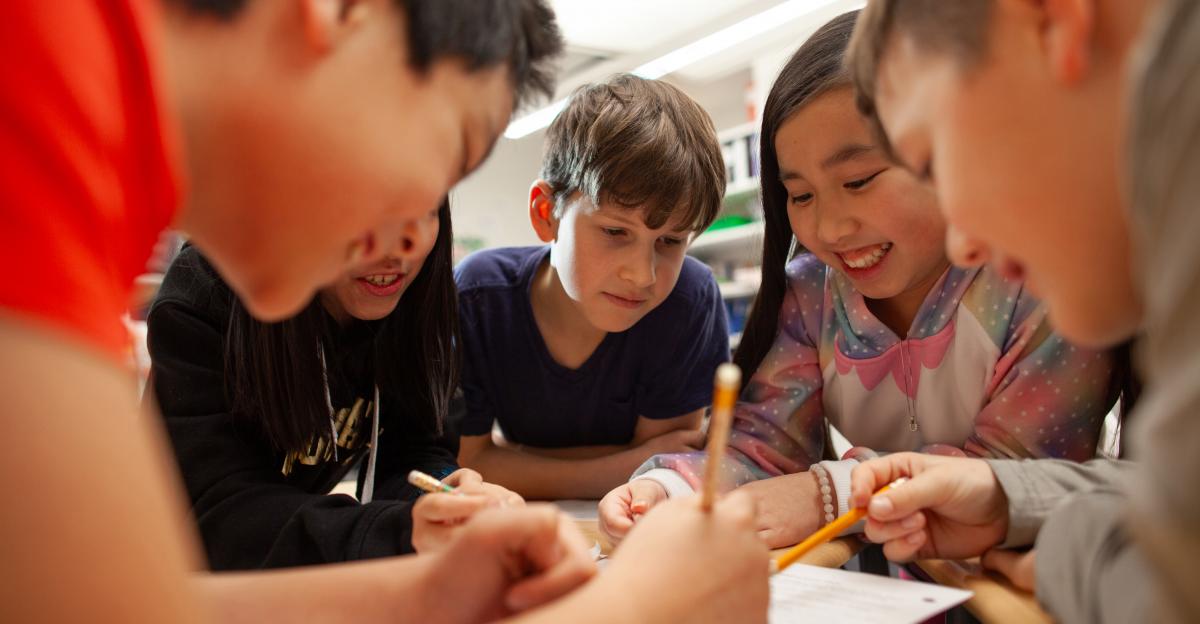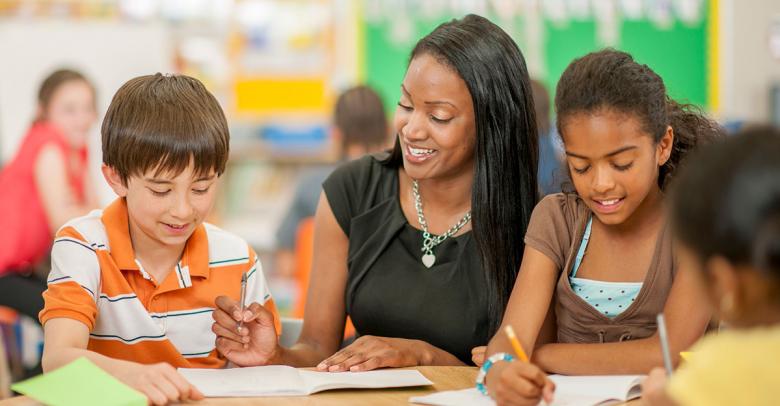Helping students to understand the impact of bullying behavior and how their actions impact others around them are great steps towards building an empathetic school culture. Start with these middle and high school anti-bullying lesson plans to get your students thinking about how they interact with others and manage their emotions.
5 Bullying Prevention Lesson Plans for Middle and High School
Each of these 5 free lesson plans highlight a different aspect of the bullying behavior often exhibited in the school and classroom environment. By helping your students to spot and even prevent bullying in and out of school, you can be a part of making your school a safe learning place for everyone.
Cyberbullying
Experts agree that bullying conduct has three key characteristics: power, intent, and repetition. The person bullying has more power than his or her target. He or she decides to hurt the target through his or her words or actions. The bullying conduct happens more than once, or there is the threat it will happen again.
Cyberbullying is bullying through technology. This includes e-mail and text messages, posts on social media sites and message boards, IMs, tweets, blogs, and posts on video-sharing sites. This lesson will define cyberbullying and help students make their own choices about appropriate responses. Students will be empowered to take control and break the cycle of cyberbullying.
Managing Emotions
Our emotions influence everything we do, from the words we speak when provoked to the way we perform under the pressure of an exam. Coping mechanisms are the conscious and unconscious ways we employ to help us manage our emotions and handle stress in order to respond optimally to every situation. People develop coping mechanisms over time as they mature and learn what does and does not work for them.
This lesson will highlight the connection between emotions and conduct. Students will discuss various coping mechanisms and how they can be utilized to manage different emotions. Students will be motivated to employ coping mechanisms to regulate their responses.
Peer Pressure
Peer pressure is not a clear-cut issue. There are three types of peer pressure: positive, neutral, and negative. Within these categories, peer pressure can range from subtle to blatant. By learning to recognize peer pressure in its many forms, students will be better prepared and know when and how to take a stand against it.
This lesson explores positive, neutral, and negative peer pressure scenarios and offers students practical suggestions for resisting negative peer pressure. Students will be given the opportunity to rehearse resisting negative peer pressure and gain confidence in standing up for their values. Students will be empowered to remain true to their principles by resisting negative peer pressure.
Respectful Language
During the middle and high school years, students often push the boundaries of respectful language. It is important for students to receive guidance that explains why respectful language is important, because other people are affected by what we say. In acknowledging the importance of respectful language, students will recognize that their language choices impact their fellow students and begin to take responsibility for making respectful choices.
This lesson will differentiate between teasing and verbal bullying and ask students to plan a campus wide awareness campaign promoting respectful language. Students will be motivated to modify their language choices as an example for others. Students will take ownership for creating a respectful environment in their school.
Responding to Gossip
During the middle and high school years, gossip is often an integral part of students’ social network. Students may view gossip as a necessary evil or a pleasurable pastime. By recognizing that words spoken about someone can have an equal or greater impact than words spoken to someone, students will be reminded to choose the words they pass on with care and foresight.
This lesson will demonstrate that words, whether spoken or communicated in written form, cannot be erased. Students will recognize that they can only control their own words as they are delivered and have no control afterwards over how the words change or who hears them. Students will gain insight and be motivated to monitor their words in the future.
More Bullying Prevention Ideas and Activities
Looking for more ways to make a positive impact on your students and your school culture? Take on bullying prevention and intervention topics in your classroom with some of the activities and discussion ideas on the Bullying Prevention tag page. Stop over and get your students on track for a bullying-free school year.






Leave a Reply